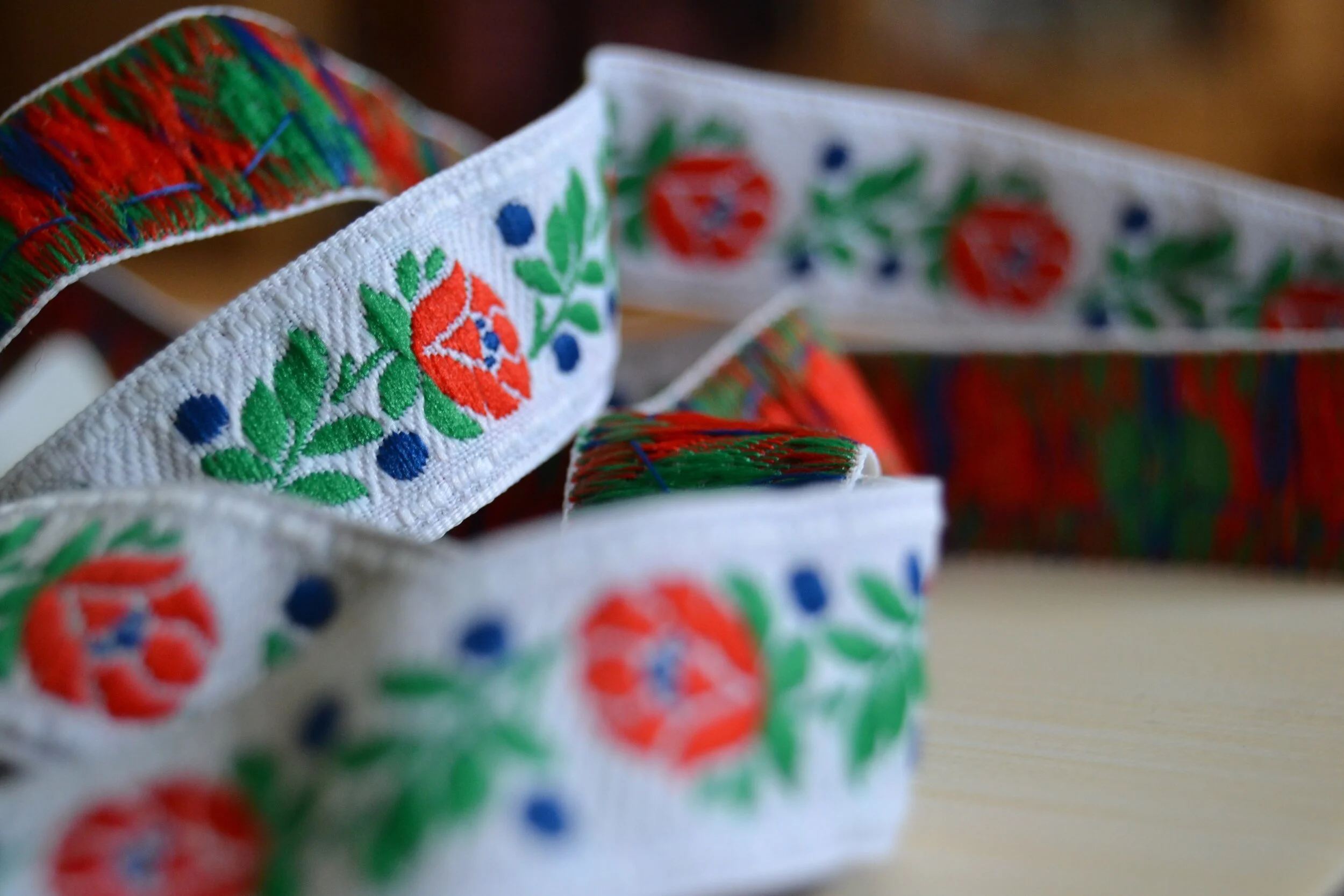Many know the life and legacies of Tomáš Masaryk and Edvard Beneš, two Czechs who helped to found Czechoslovakia. However, there was a third person who played a very important role in the founding of the country: a Slovak named Milan Štefánik. Before he participated in the founding of Czechoslovakia though, he was first an astronomer and aviator.
An Army with No Country: The Czechoslovak Legion in Europe
They were men without their own country, living split up among not one, but two mighty empires. When the Great War came and those empires began to crumble, those men took up arms in the struggle, and fought so that one day they too would have their own nation. These were the men of the Czechoslovak Legions.
Czechoslovakia and their only naval battle
Despite being a landlocked nation, Czechoslovakia had a naval army, one which fought a single battle. This singular battle took place on Lake Baikal in Russia during WWI. Being that Czechoslovakian soldiers fought so far away from their own nation and that they seemed unwelcome in Russia, the situation of their naval military grew more complicated.
The Kroj - A Connection to Czech Heritage
The Slavic Circle
The circle is one of the most widespread and universal symbols. It commonly represents unity, wholeness, and infinity. In Slavic culture, it is especially important, often associated with the Sun, protection, and rebirth. Perhaps some of the most preserved examples of this symbol are the Slavic circle dances: kolo and khorovod.
Koláče, Klobásníky, and Czech Cuisine
If you’re from Texas, you’re guaranteed to have tried kolache - a savory sausage wrapped in a roll of sweet dough. However, that name is misleading. A kolač (pronounced kolach) is actually a sweet pastry made of puffy dough with a fruit filling. Originally brought to the United States by Moravian immigrants, it’s now a widespread dessert and snack. The savory snack mistakenly referred to as kolache, is actually called klobasniky, and it has an interesting Texan origin.










